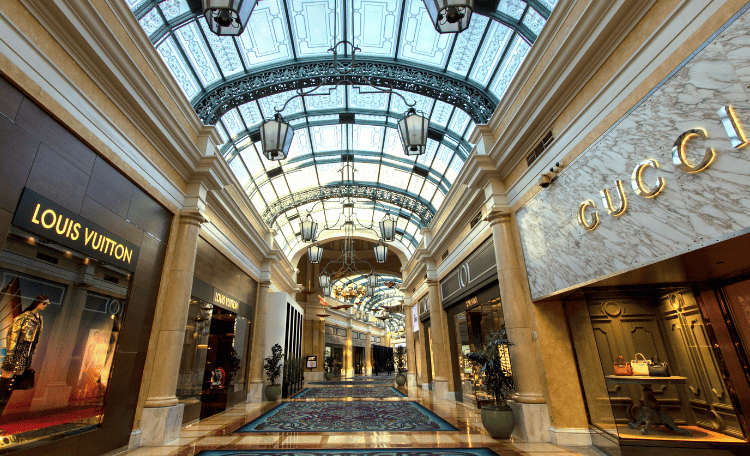
Find Press & News
RECENT NEWS

Rising Rents and Growing Demand for Leisure Concepts Highlighted in Retail Analysis
Prime rents on Europe’s leading shopping streets, in shopping centres, and retail parks increased on average in 2024.
06/05/2025

Record Growth for Flexible Offices in the Czech Republic: Over 172,500 Square Meters, also Expanding in Regions
Flexible offices in the Czech Republic are experiencing record growth.
23/04/2025

Office fit-out costs in Prague remain competitive
Office fit-out costs in Prague remain competitive despite rising construction costs and higher demand for modern work environments.
25/03/2025

Prague expects a record year in the number of new luxury stores
Luxury goods retailers remain active. In 2024, a total of 83 new luxury stores were opened on 20 key premium streets in Europe in 16 cities and 12 countries, according to a study by real estate consultancy Cushman & Wakefield titled European Luxury Retail 2025.
07/03/2025
Regional Press Releases

Jens Weymann New Head of Sustainability & ESG Germany
Cushman & Wakefield has appointed a new Head of Sustainability and ESG for Germany. Jens Weymann, M.Sc. Energy and Environmental Engineering, will assume this position with effect from 1 May 2025.
Verena Bauer • 07/05/2025

The Warsaw HUB with BMSCare to advance ESG goals and improve energy efficiency
Global real estate services firm Cushman & Wakefield has just successfully implemented an innovative management and energy optimisation system in one of its flagship buildings of its Polish portfolio. This marks a major step towards reducing carbon emissions, saving energy and cutting costs - measures that will benefit both the natural environment and office tenants at The Warsaw HUB.
08/04/2024

Property Forum Bratislava
Take a look at our exclusive report and uncover compelling data on investment trends across office, industrial, and retail sectors in Slovakia, shaping the broader European investment outlook.
26/03/2024

Bratislava Research Forum Announces Office Market Figures for Q4 2023
In the fourth quarter of 2023, the total office stock in Bratislava represented 2.09 million sqm. 19 % of total stock consists of class A+ office space, 37 % of A class, and 44 % of class B office space.
29/01/2024

Commercial real estate in Europe is expected to recover soon
The European commercial real estate market is starting to recover. Inflation has long since reached the value of 2022 and the end of the cycle of high interest rates of central banks is also approaching, which will start to have a positive effect on all the main indicators of the real estate market.
19/01/2024
GLOBAL PRESS RELEASES
Surging Demand for Data Infrastructure Fuels Real Estate Transformation Across Global Data Center Markets
Cushman & Wakefield releases 2025 Global Data Center Market Comparison
Hena Park • 08/05/2025

Cushman & Wakefield Promotes Frederic Le Fichoux To Head of Hotel Transactions EMEA
Real estate services firm Cushman & Wakefield has promoted Frederic Le Fichoux to Head of Hotel Transactions EMEA.
Vikki McCrindle • 10/04/2024

Cushman & Wakefield launches Alternatives platform of scale
Cushman & Wakefield is reinforcing its commitment to the Alternatives sector with the launch of its Alternatives platform and appointment of David Curtis (Capital Markets) and David Bruce-Clarke (Valuations) as Co-Heads of Alternatives in Australia and New Zealand.
Jess Freeman • 10/04/2024

Cushman & Wakefield supports Zeeman’s arrival in Póvoa de Varzim
Cushman & Wakefield, a global real estate services firm, supported Zeeman’s arrival in Póvoa de Varzim - the fourth store of the Dutch chain specializing in basic and quality clothing and textile products at the lowest prices.
03/04/2024
RELATED INSIGHTS

MarketBeat

Research
Coworking and Serviced Offices

Research • Workplace
EMEA Office Fit Out Cost Guide - Czech Republic

MarketBeat
MarketBeat
CEE Hospitality MarketBeat Reports
.jpg?rev=99570c5f7c9247f19fc47cda0935c477)